

![]()
The summer of 2004 started off as one of the most boring summers I’ve ever spent. Being a classic mystery reader, I had been trying to write short mysteries but without success. I threw at least five (begun, but never finished) stories to the recycle bin and an endless amount of notes. Then, the logic just hit me, the simple, pure and childlike logic: if you can’t do it, try moving on. I decided to write a novel, novel as in long, periodic, Alexandre Dumas-type novel.
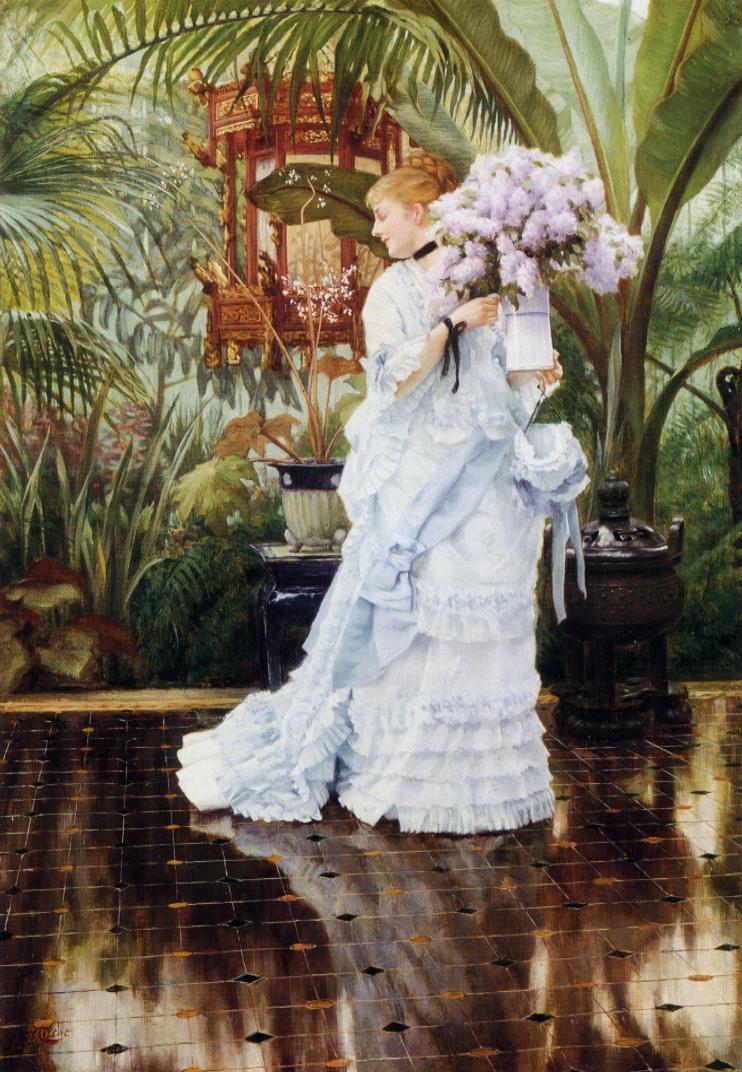 After hours of gluing my eyes to
the computer screen, surfing the web for ideas, I finally narrowed down my
settings for a novel. I obviously chose a time period that I already astonished me:
La Belle Époque.
After hours of gluing my eyes to
the computer screen, surfing the web for ideas, I finally narrowed down my
settings for a novel. I obviously chose a time period that I already astonished me:
La Belle Époque.
La Belle Époque is the French equivalent of its neighbor’s Victorian Era and the American Gilded Age. It starts around 1870s after the Franco-Prussian War to end right before World War I started, in 1914. It was before the time of customized lighting, sanitary practices, children labor laws, women's rights (social, not political). It was also the time of high etiquette, rivaled only in Great Britain, where Queen Victoria’s high protocol was the rule by which every self-respecting person lived by. It was a time of peace, during which the industry grew rapidly, providing more money in the wealthy families’ bank accounts. It was the age of the Nouveau Riche, the countless hours strolling at the annual Salon, showing off in the Pré Catalan, dancing 'til early morning to the music of Strauss, Mozart in elegant balls held by notorious names in refined, stylish homes. It was the age of fashion, where attractive ladies wore Worth, lace bordered trains, velvet bodices, brocade dresses, suede gloves, ostrich feathers and all kinds of rare fabrics.
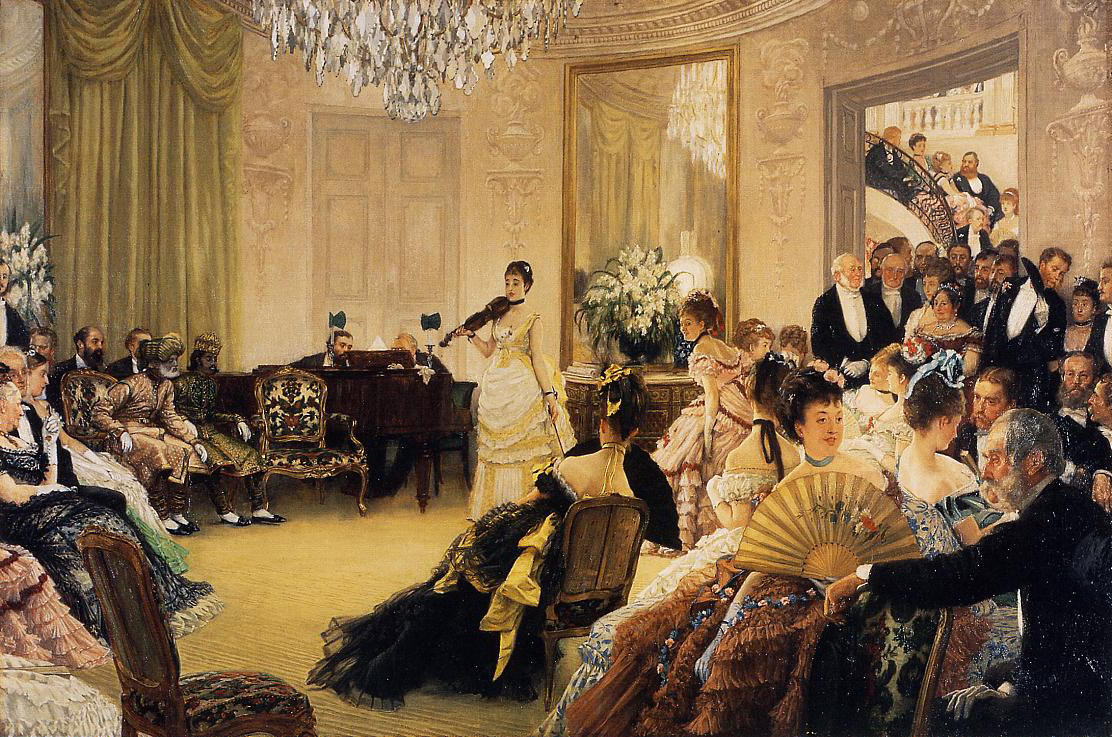
But unlike so many simple novels and great masterpieces, I chose not to go too deep, too symbolic. I left my plotline a bit superficial, shallow, light and flowing so that the reader could have a bit more space since the plotline is already stuffed with complex intrigues, complicated relations, with a cast containing quite a number of important characters. I tried my best to make my plotline interesting and absorbing, but if you think otherwise, suggestions will be more than welcome since even I, a lot of times, find everything fairly odd. As of Spring 2007, about 25 chapters (350 pages) are done.
The novel, “Le Courrier de Mme Deyres-Lorin” (Mrs Deyres-Lorin's Mail) is written in French, will hopefully be 64 chapters long, cover the period between July 1873 to July 1888.
Here’s a summary:
![]()
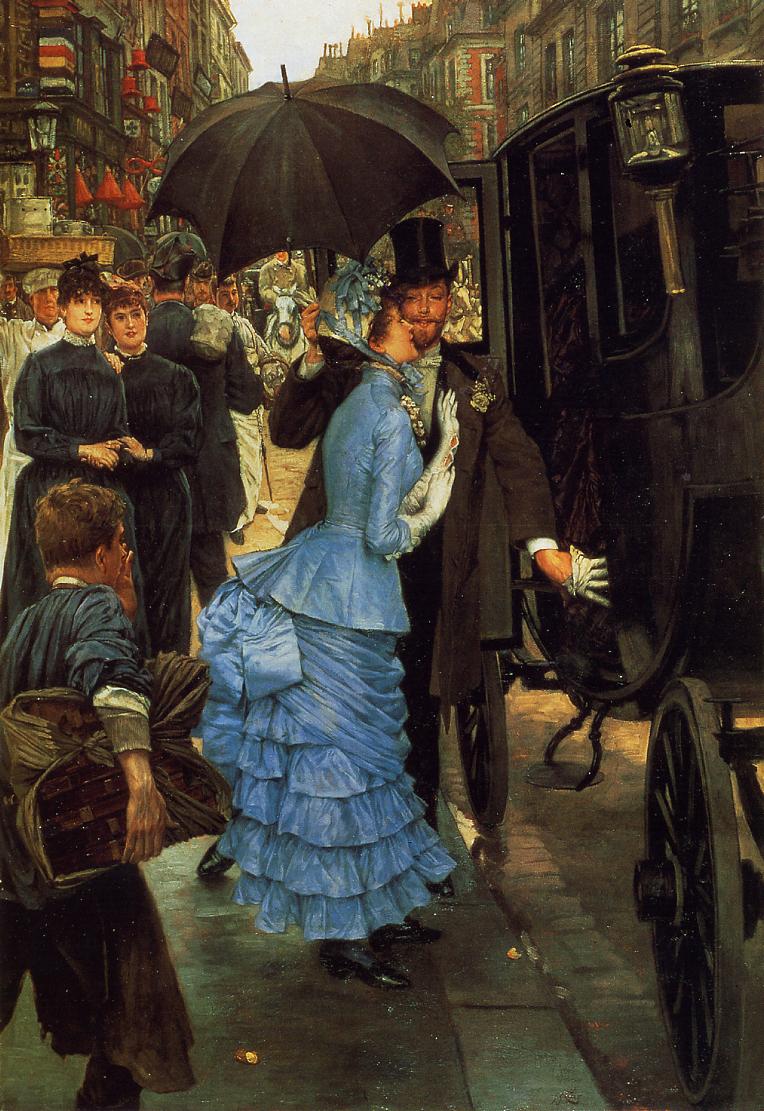 Mid summer 1873 started off with
good prospects for Catalan farmers Vaquieras. Set near the shores of
Cataloña in Eastern Spain, little Clara’s family had nothing to fear. But, as we all know, there is
no such thing as endless bliss on a fallen earth, so, the family was soon
scattered and little Clara found herself bearing a new name, Lara and on her way to Paris to live with her new guardian, Mme Deyres-Lorin.
Mid summer 1873 started off with
good prospects for Catalan farmers Vaquieras. Set near the shores of
Cataloña in Eastern Spain, little Clara’s family had nothing to fear. But, as we all know, there is
no such thing as endless bliss on a fallen earth, so, the family was soon
scattered and little Clara found herself bearing a new name, Lara and on her way to Paris to live with her new guardian, Mme Deyres-Lorin.
Paris, it seems hasn’t been too terrible to Lara during the past 14 years when she returned there after a long trip to London. Mme Deyres-Lorin, a great opera singer and actress of the 1850s was well known in the mask-bearing world, and among her close relations, she had found the perfect teacher and career for Lara in her closest friend, Mme Arles. Lara became one of Mme Arles' ballet students, something the country girl would have never dreamed of. In an instant, she possessed the Opera and enchanted Paris with her carefree, frivolous attitude towards life, not even counting the beauty that years of joyfulness had painted her with. In an era where women were almost stiff figurines in glass cases, a lively character as the one she possessed made her more than just attractive.
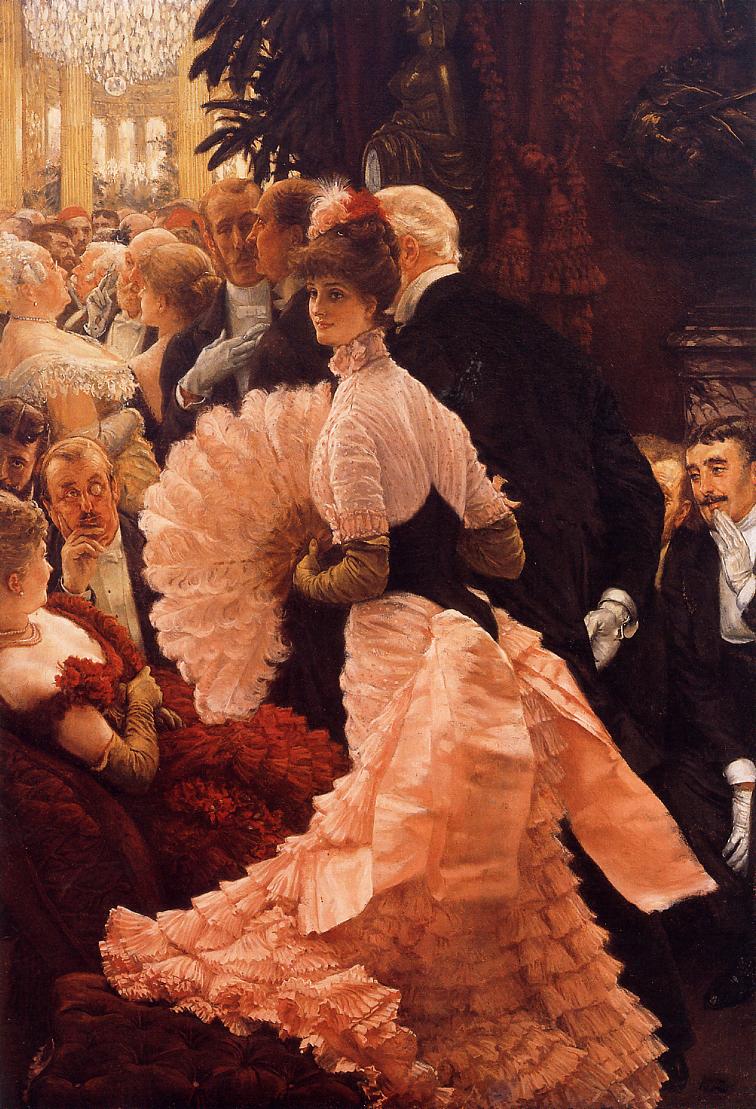
Again, the dream comes to an end when a darker, deeper world, unknown to a cheerful girl, but ironically lying close to home, hit her right in the face, snatching Madame literally away from her and left her confused, bewildered because we all know that putting up a joyous mask never heals untreated wounds. New questions arose and to make matters worse, Madame left her with a peculiar mission: to find a long lost heir and to be her last link to the living world by distributing her last mail. Not just any mail, but the one which Madame had carefully prepared, the one that would reveal deep secrets, unknown truths which she would have taken with her to the grave. One by one, great heads of the Parisian elite fell, simply by delivery of an envelope to the right person, signed by an elegant feminine hand, containing the worst news. Wealthy bankers are humiliated and their riches snatched away from them, deadly enemies are vanquished and their projects ruined, fashionable women see their reputations tarnished and their public abandoning them, nameless yet notorious parents are found and bare truths are exposed. Also, she will have to go through laborious research, avoid the nameless, yet familiar spy only to fall in the arms of the deadly enemy in order to find the sought heir. One by one, Lara sees her friendships worsening, her mind tangling, her world crashing down, all because she had accepted to accomplish the last request, out of gratefulness, to the one who had given her all that a country girl could have ever dreamed of during 19th century Paris… until she hits rock bottom. When you reach low grounds, the only way to survive is to either go up or lying still and wait for Time. Lara will have to go up to stay true to her character, go up by undoing what has been done or can you? when everyone is gone and all you have left are pen… and paper.
Other characters include cunning and wealthy bankers one of whom is Paris' handsome hearthrob, the shy businesswoman, the puzzling columnist, the unknown heir of hidden riches, the monstrous Milady and the elegant lawyer.
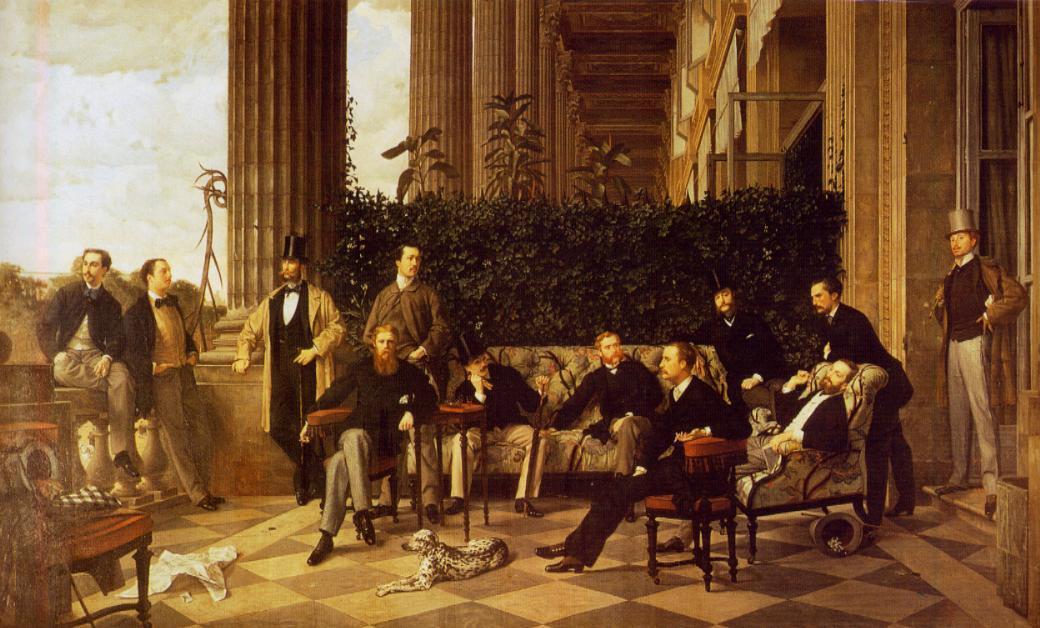
![]()
Graphics on this page provided
by:

James Tissot paintings provided
by:
![]()
"The Bunch of Violets", 1875
"Hush!" or "The Concert", 1875
"The Bridesmaid", 1883-1885
"A Woman of Ambition", 1883-1885
"The Circle of the Rue Royale", 1868
© Christelle M. 2007